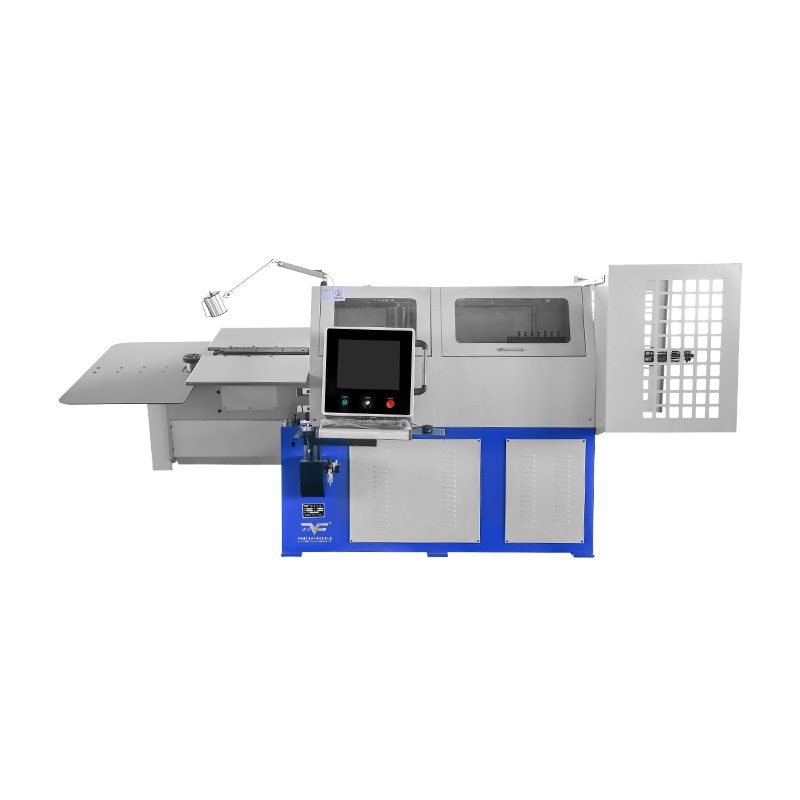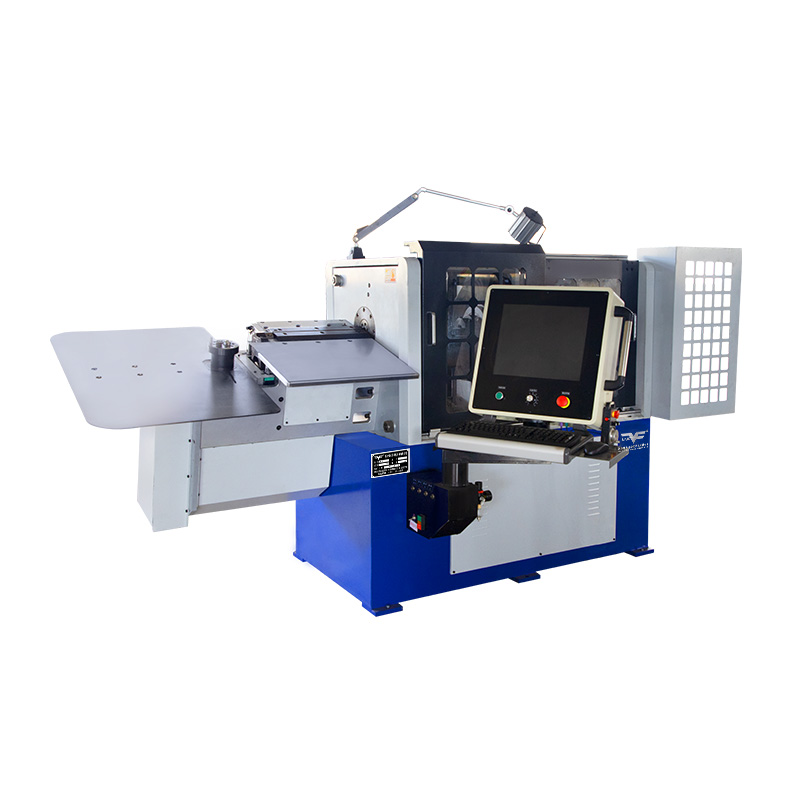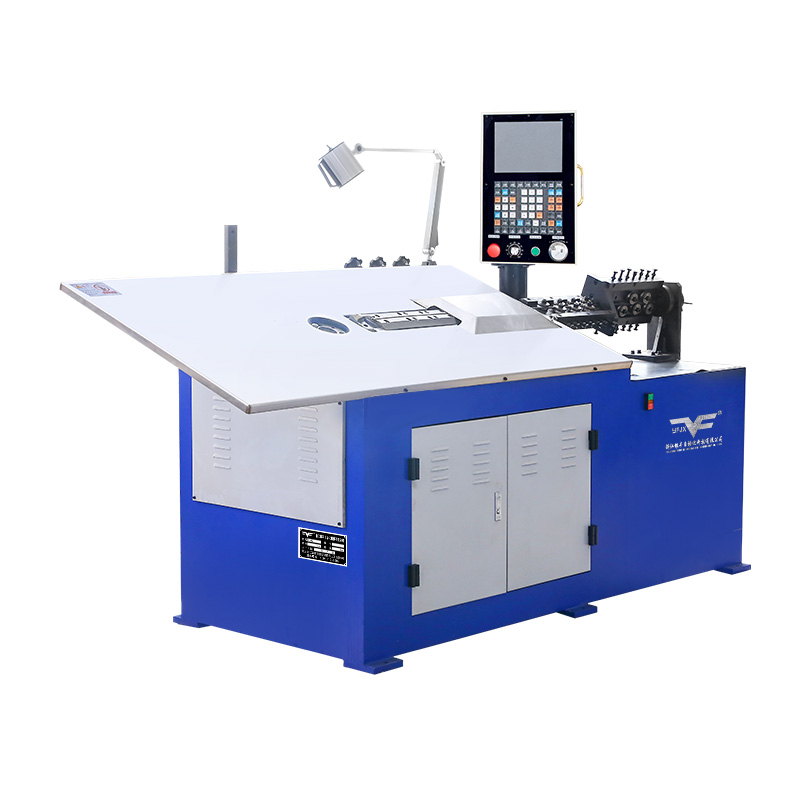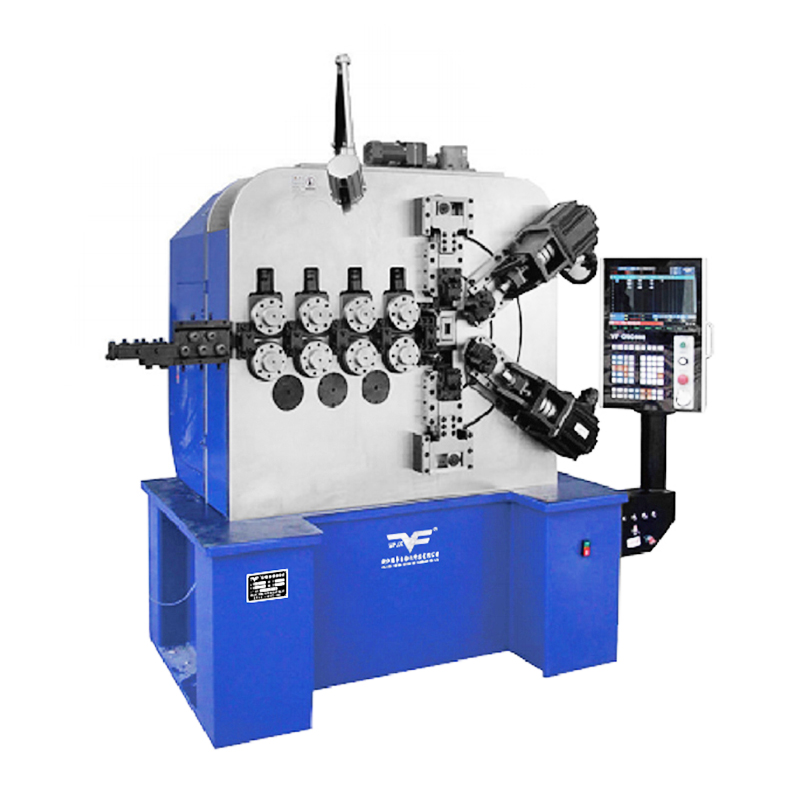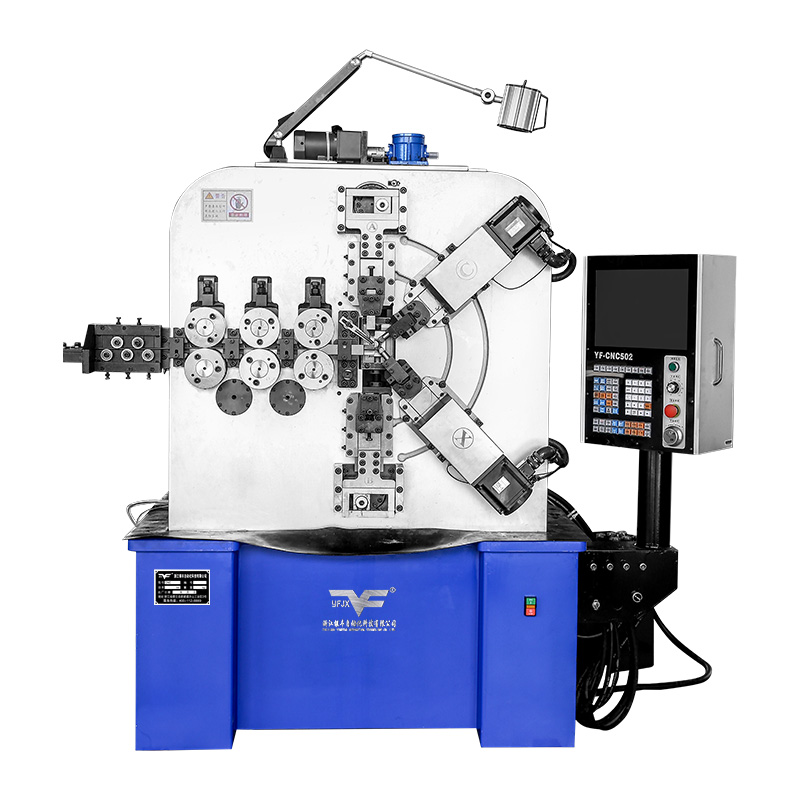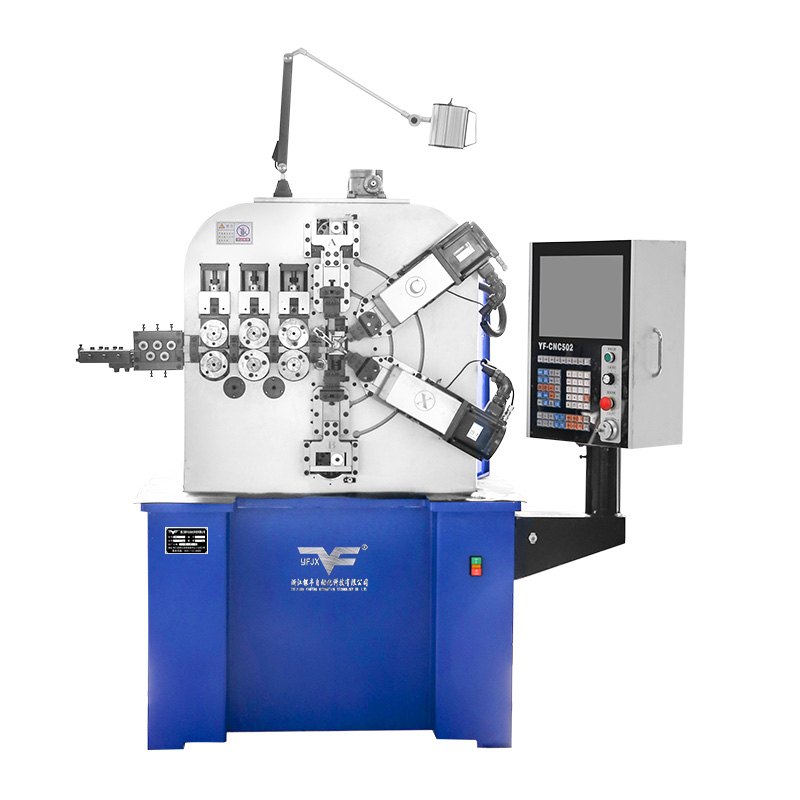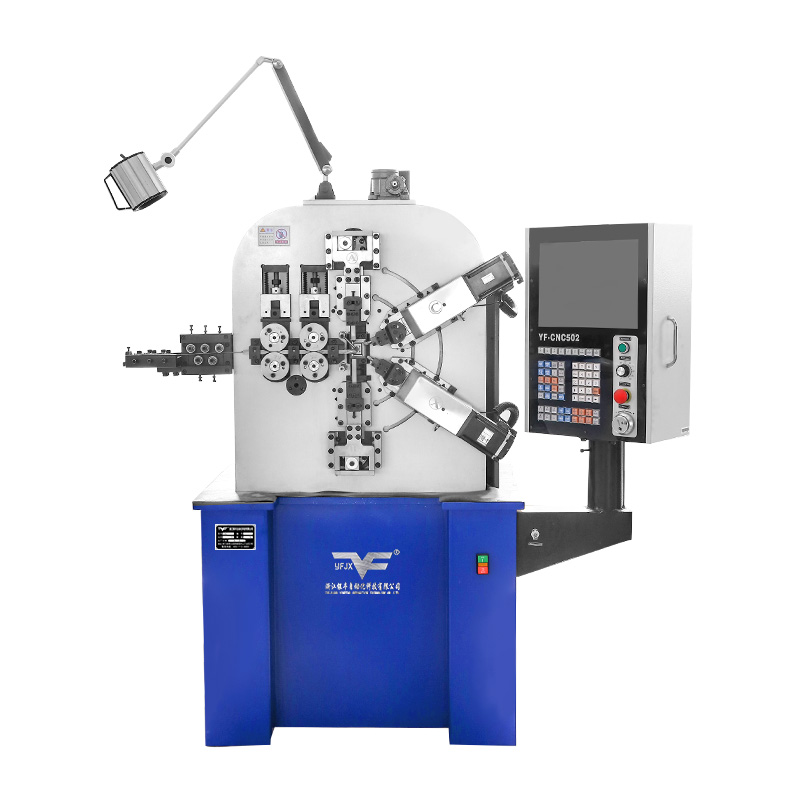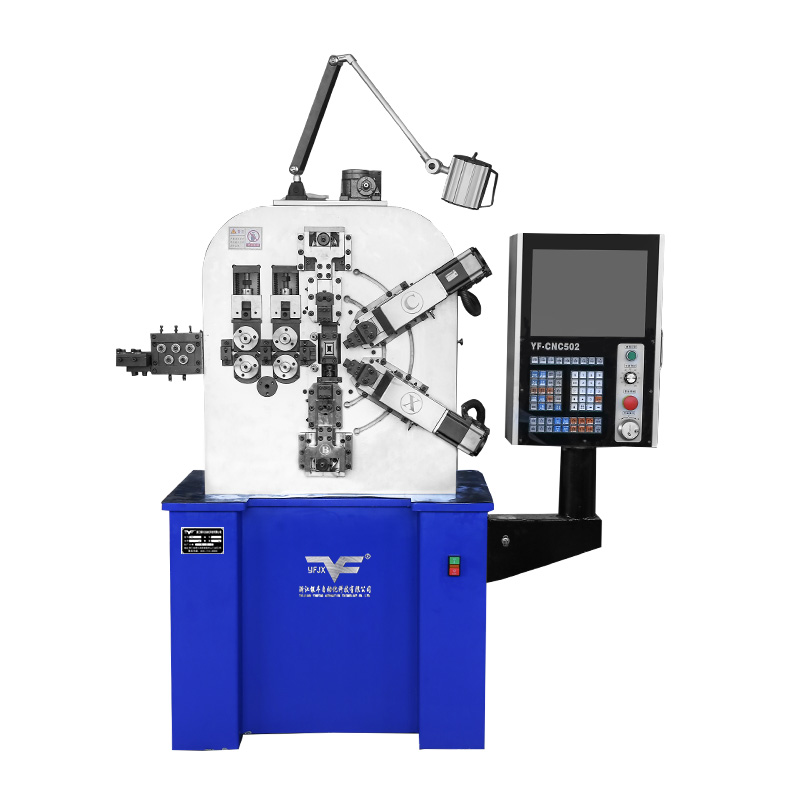Camless Spring Machine Supports Precision In Small Batch Runs
Industry News-In modern manufacturing, precision and flexibility have become central concerns, especially when dealing with specialized components. The Camless Spring Machine has emerged as a reliable solution for industries that require consistent performance in small batch production. Unlike traditional spring-making equipment, the camless design allows manufacturers to adjust parameters quickly without the constraints of mechanical cams, providing greater control over the spring’s characteristics. The coiling machine aspect of this system ensures that springs are wound with uniform tension, which is crucial for applications demanding accuracy.
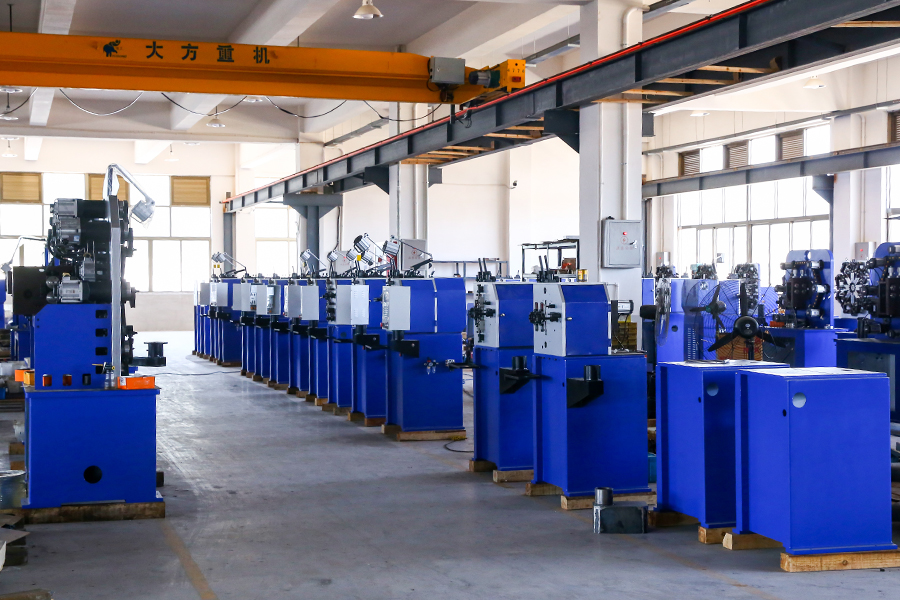
One of the lots of notable features of the Camless Spring Machine is its ability to handle varied spring types without extensive setup changes. Operators can switch between compression, extension, and torsion springs efficiently, reducing downtime between production runs. In parallel, the coiling machine function facilitates precise wire handling, maintaining consistent diameter and pitch. This combination of flexibility and precision makes it suitable for small-scale manufacturing where attention to detail is essential.
The adaptability of a Camless Spring Machine also extends to wire material selection. From stainless steel to copper alloys, the machine accommodates multiple wire types while preserving uniform coiling quality. A well-calibrated coiling machine ensures that each spring retains its intended mechanical properties, even when working with challenging materials. This capability proves valuable for industries such as electronics, automotive components, and small mechanical devices, where component reliability is critical.
In practical terms, the setup and operation of a Camless Spring Machine differ significantly from older spring-making systems. Traditional cam-driven machines often require manual adjustment of cams for each spring specification, which can be time-consuming. In contrast, the camless design allows parameters to be programmed digitally, providing consistent results across repeated runs. The coiling machine module works in tandem, controlling the wire feed and tension automatically. This synergy reduces human error while maintaining the quality of springs produced, even in limited production batches.
Moreover, the Camless Spring Machine supports process monitoring and real-time adjustments. Operators can observe spring formation as it occurs and fine-tune settings without stopping the machine. This live feedback is particularly useful in small batch operations, where a minor defect can impact the usability of a batch. At the same time, the coiling machine ensures that each turn of wire matches the programmed specifications, contributing to uniformity in both length and shape.
Maintenance and reliability are also notable aspects of this technology. A Camless Spring Machine generally has fewer moving parts than traditional systems, lowering the risk of mechanical wear and tear. The coiling machine components are designed for easy replacement and calibration, allowing for continuous operation with small downtime. Such reliability is essential in environments where precision springs are produced on demand rather than in large quantities.
The Camless Spring Machine demonstrates how automation can support niche manufacturing sectors. By combining precise control with a versatile coiling machine system, manufacturers can produce high-quality springs tailored to specific applications. Small batch runs benefit from reduced setup time, consistent output, and the ability to adapt quickly to new requirements. As industries continue to demand both flexibility and precision, the role of camless spring technology will likely expand, offering practical solutions for manufacturers seeking consistent and reliable results.

 English
English русский
русский Español
Español 简体中文
简体中文